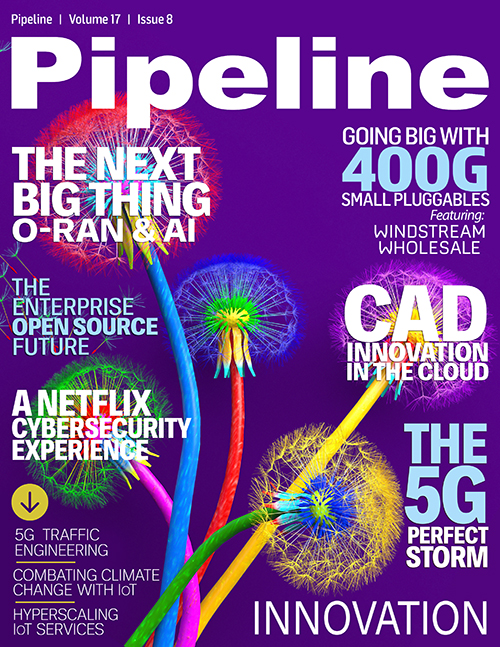Smoothing the 5G Transition with Traffic Engineering
The next-level benefits of
5G network slicing
Network slicing is one of the many highly anticipated benefits of 5G. With network slicing, service providers can assign each service the exact network it needs. Combining 5G network slicing with segment routing enables a higher level of traffic engineering and can offer better network and service performance. Traffic engineering enables service providers to assign the appropriate network resources to each traffic pattern in each slice.
At a high level, 5G network slicing takes traffic engineering to a new level. The end-to-end concept enables multiple tenants over single physical infrastructure, so service providers can have independent operation and slice resources management per tenant. The slicing capabilities enable strict resource isolation, multi-tenancy, independent management, and orchestration per each slice along with enhanced security. Network slicing allows service providers to manage service level specification (SLS) and quality of service (QoS) per slice, whether it is via hard slice (such as IP/MPLS over FlexE) or soft slice.
And, network slicing enables an increased level of sophistication by delivering customized traffic engineering policies for each 5G service that can run independently in each slice, assigning the appropriate network resources to each traffic pattern. Combining slicing with traffic engineering creates opportunities for new revenue streams for service providers, as the ability to assign slices per flow on demand opens new domains. The slice itself becomes a resource that service providers can sell or lease. This enables new applications, offering slices separately, as a bundle, or even grouped in a hierarchical manner.
Examples of this include large enterprise units (increased bandwidth) or military bodies (isolation) seeking independent networks within the organization. It also introduces infrastructure-as-a-service where slices can be assigned to potentially different customers on demand and ad-hoc. So, new business model innovation and use cases across all verticals are enabled by the ability to deliver services faster with high security, isolation, and agreed-upon service level agreements (SLAs).
Traffic engineering offers service providers a number of benefits that can all lead to a premium user experience and a more reliable, efficient network. It also grants service providers the ability to leverage existing 4G infrastructure and gradually expand with 5G-ready capabilities that can easily be upgraded to 5G, as well as invest in network automation that enables faster deployment of services and dramatically reduces the possibility of human error. Once service providers transition to 5G, the combination of slicing and traffic engineering opens the door to new revenue streams and business models—essentially enabling them to future-proof their networks.





















